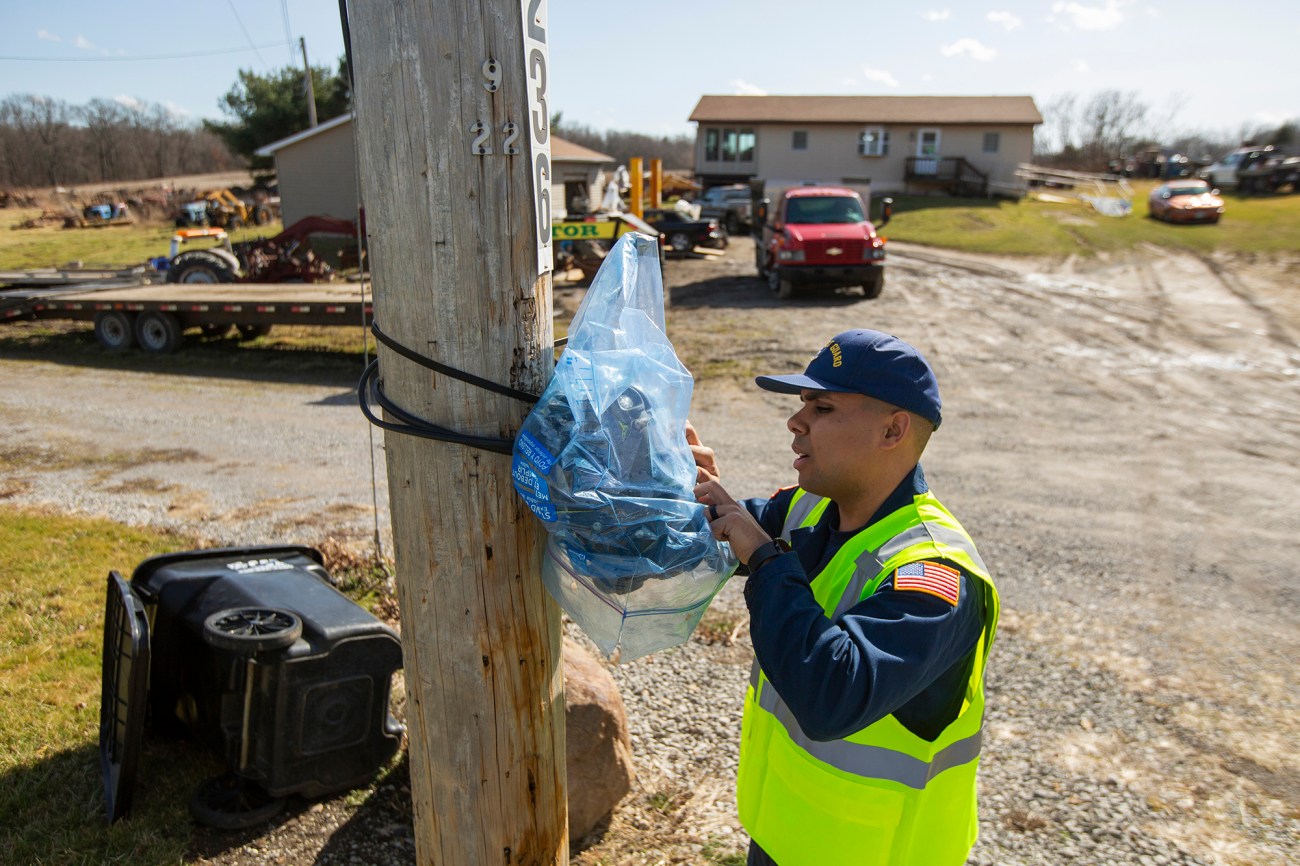Gianni Infantino, the president of FIFA, is a 52-year-old Swiss-Italian with dark eyebrows and an intensely round, perfectly bald head, like a soccer ball that had a dream of becoming an accountant. He splits his time between Zurich, Doha, and anywhere in the world that wants him—a stadium ribbon-cutting in Mauritania; a second-division match in England; a G-20 luncheon in Indonesia. Infantino has been a ubiquitous figure in the sport for years; before he was in charge, he enjoyed cult status as the guy who pulled names out of a box to determine the matchups at major tournaments. At last year’s men’s World Cup, TV cameras cut to his seats in the V.V.I.P. section so often it seemed as if they were under a contractual obligation to do so. Which, it turned out, they were.
But one morning last November, Infantino woke up and felt like an entirely new man.
“Today I feel Qatari,” he announced at a press conference in Doha. “Today I feel Arab. Today I feel African. Today I feel gay. Today I feel disabled. Today I feel [like] a migrant worker.” Infantino, looking out at a room of journalists from behind an array of sponsored sports drinks, was none of those things, he helpfully clarified. But as a child in Switzerland, he had been bullied for his red hair and freckles. “Plus, I was Italian,” he said, “so imagine.”
Fed up with criticism of the host nation’s labor record, infuriated by the desire of some national teams to wear armbands asserting their support for LGBTQ equality, and genuinely angry that actual discussions of human rights were overshadowing FIFA’s broad platitudes about human rights, he delivered an hour-long apologia for autocracy. He railed against “what we Europeans have been doing the last 3,000 years.” He endorsed a future World Cup in North Korea. And he praised the good soccer was doing for women’s rights in Iran, where the regime was at that moment violently suppressing protests for women’s rights.
Infantino’s remarks drew swift condemnation. Activists called his comments “crass” and dismissive—an “insult” to the lives of workers. In an on-air response that went viral, Melissa Reddy, a Sky Sports reporter, argued that the speech offered a glimpse of soccer’s new reality. “This will be the World Cup that really underpins just how dirty the game is,” she said.
Copyright
© Mother Jones





